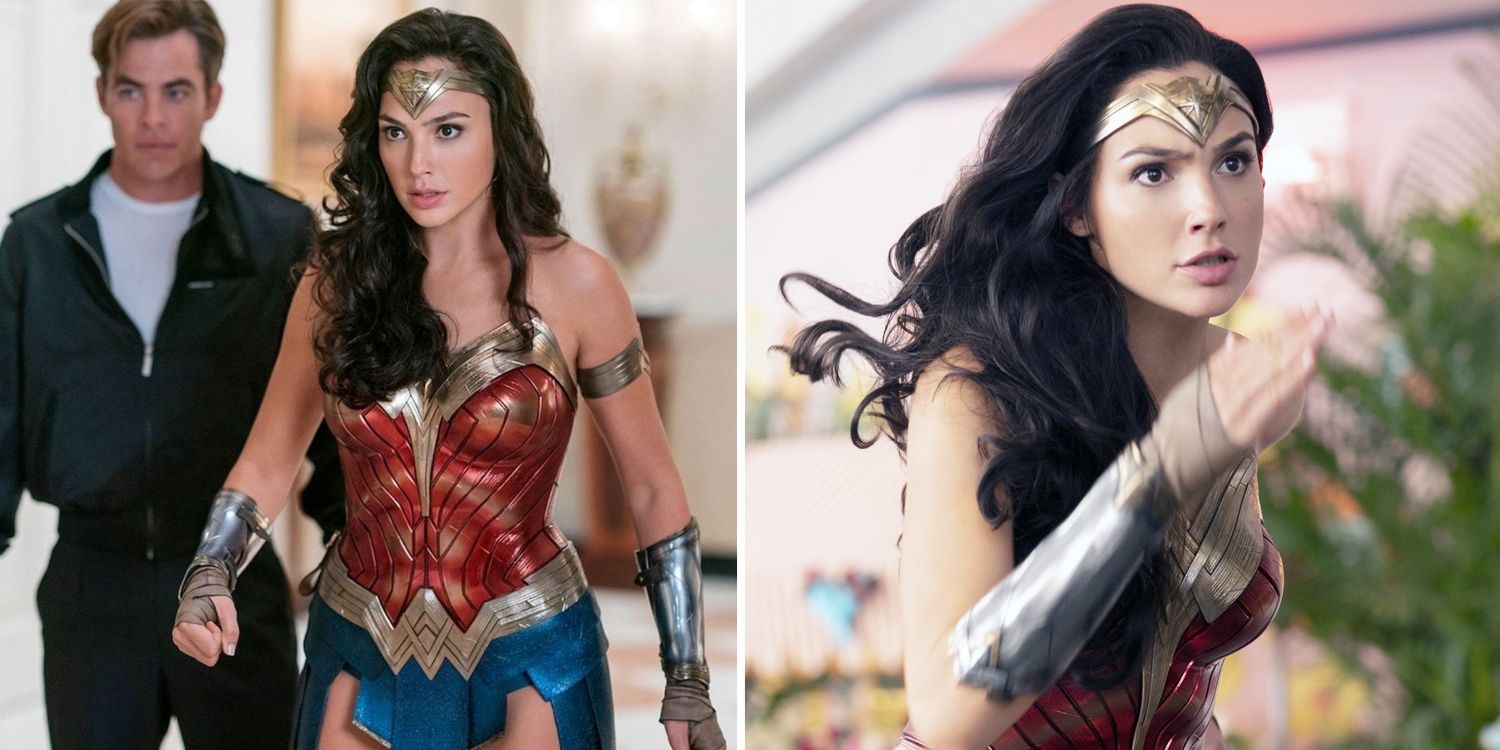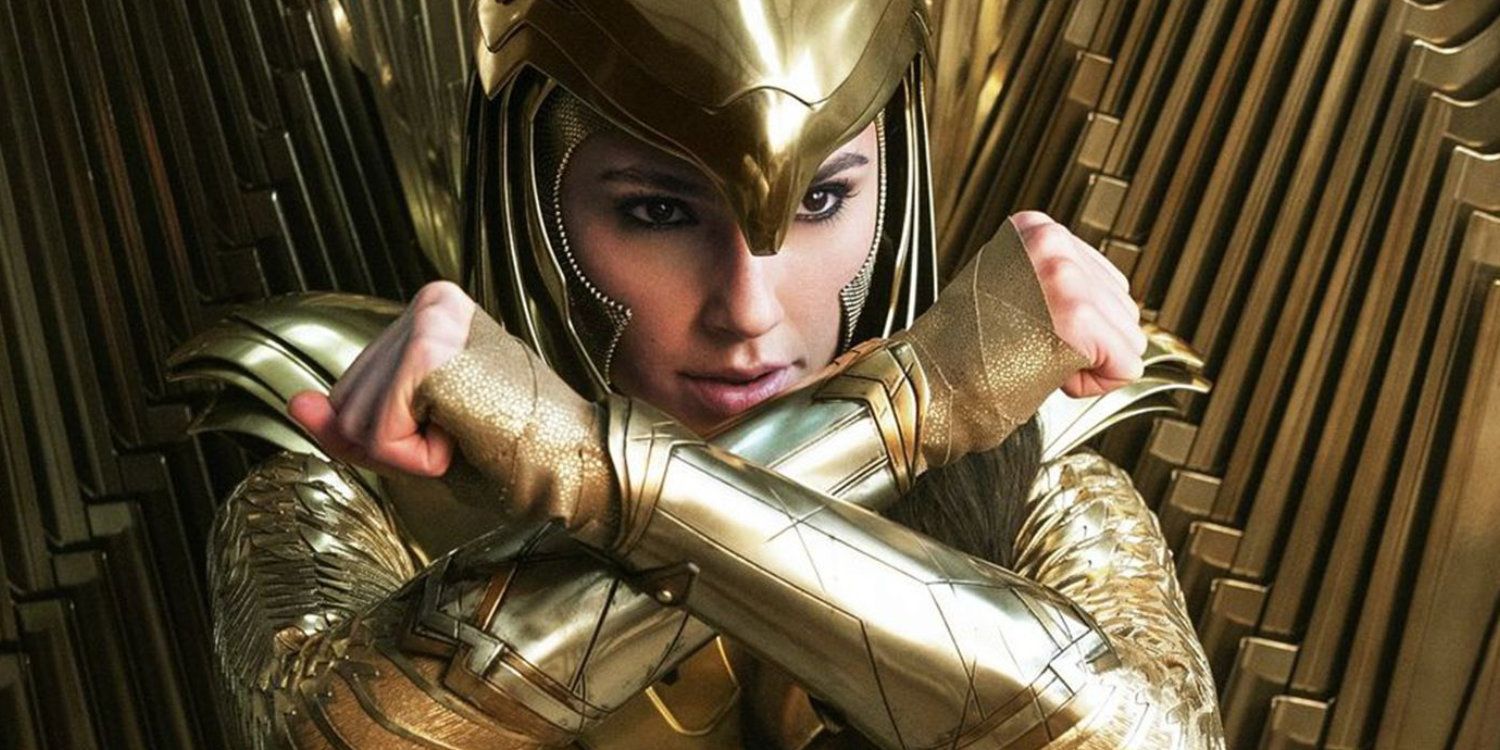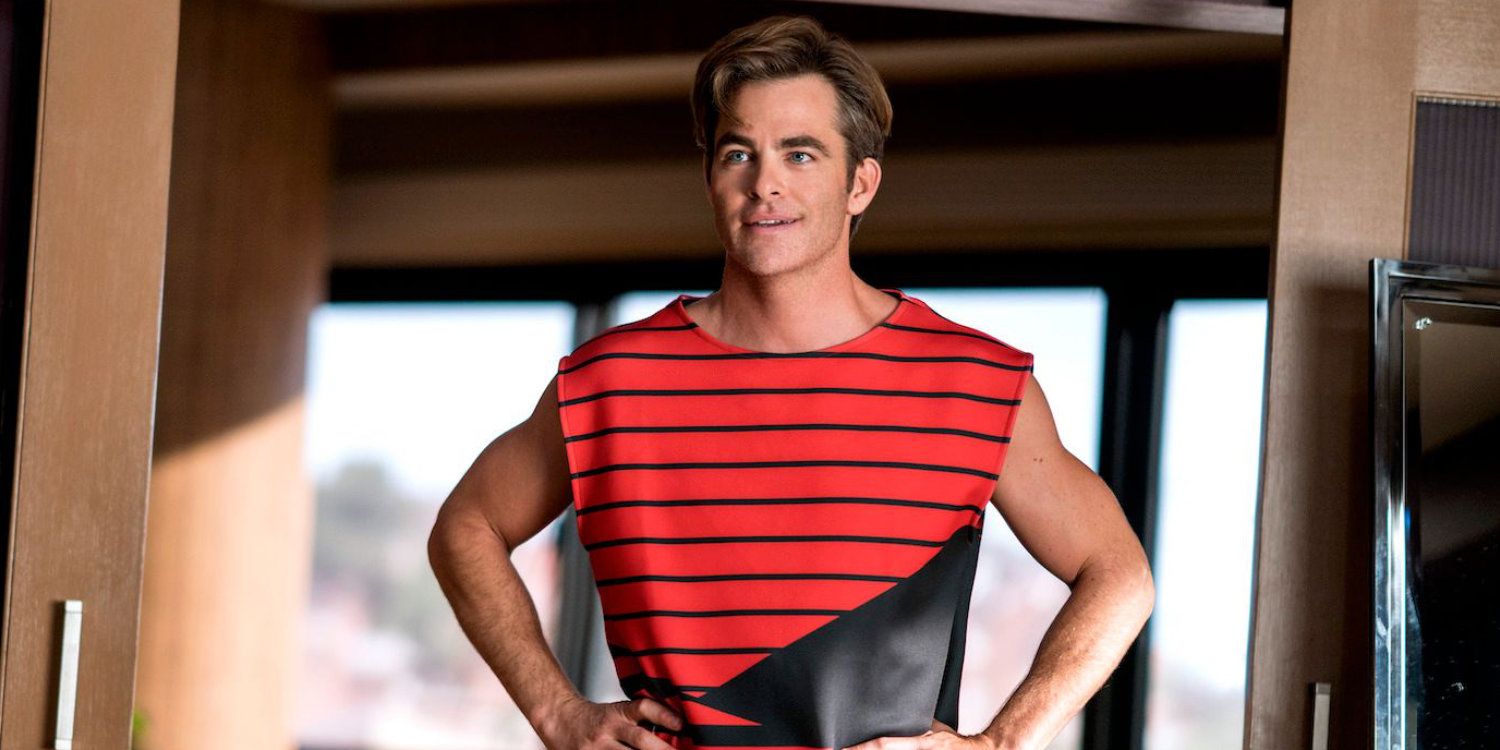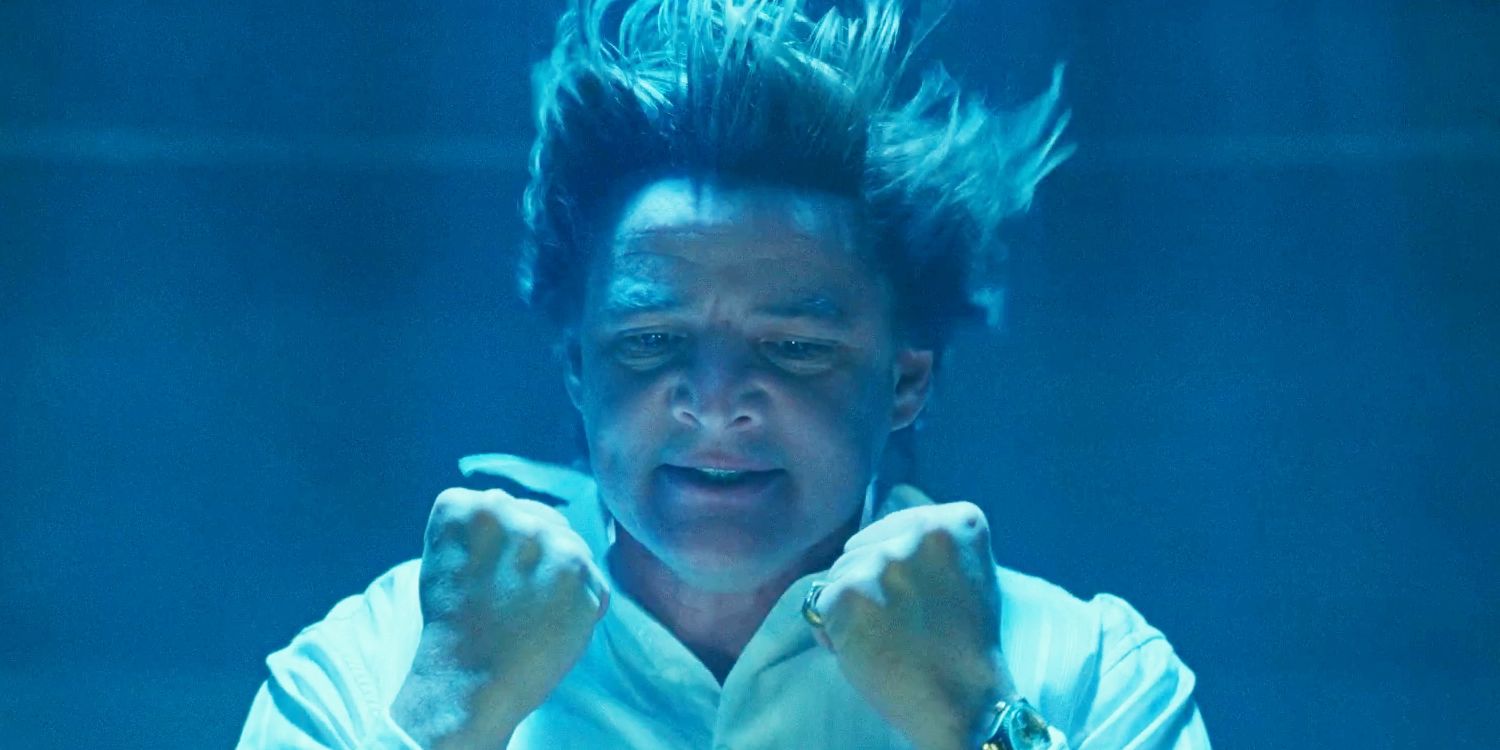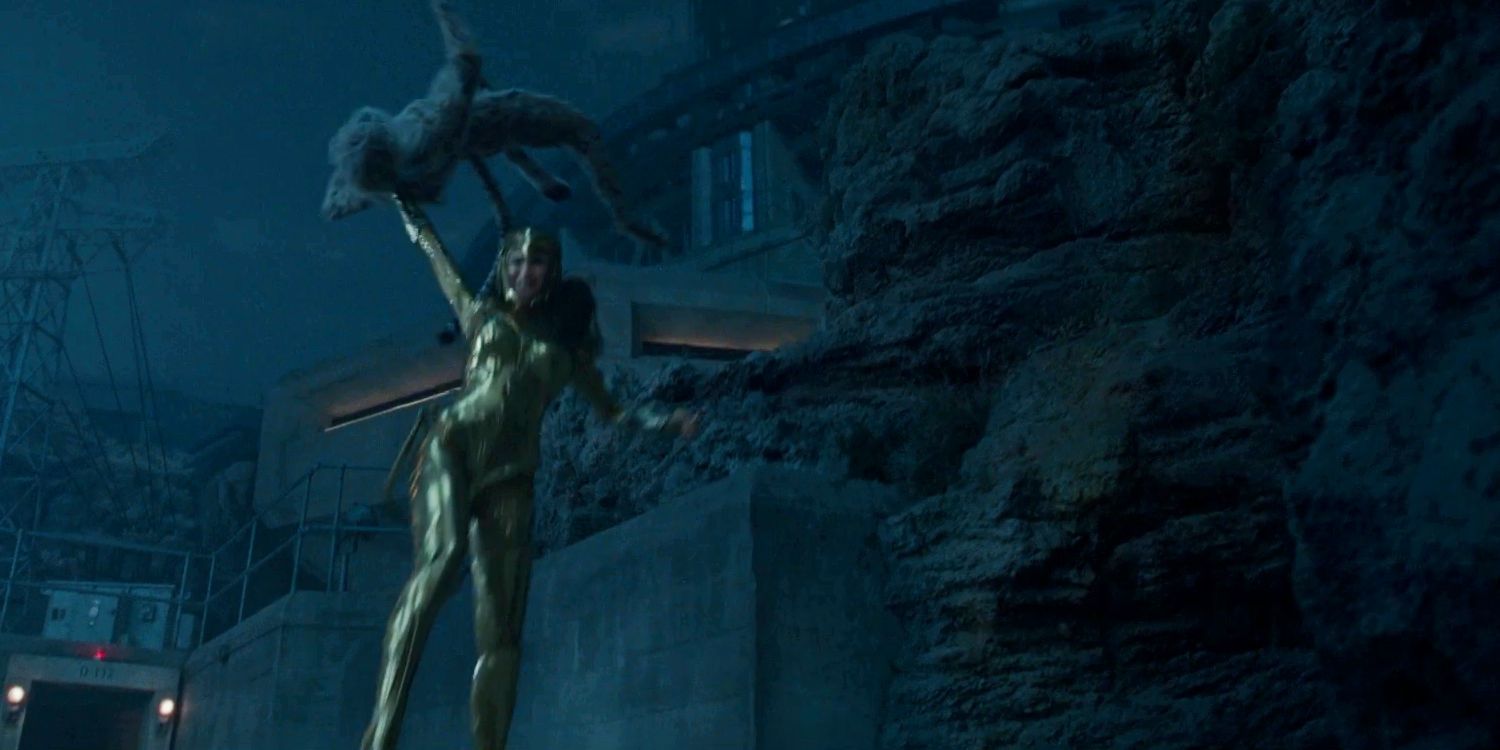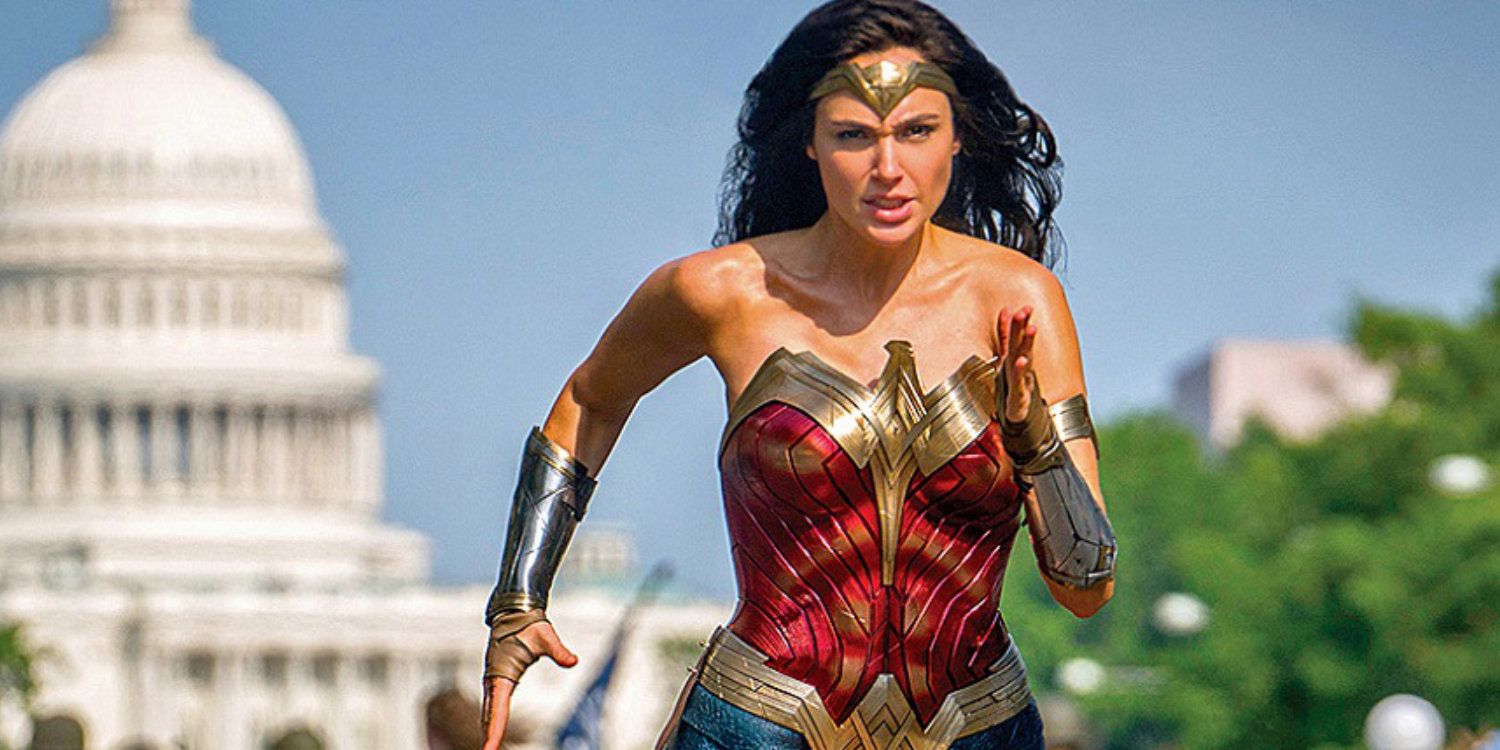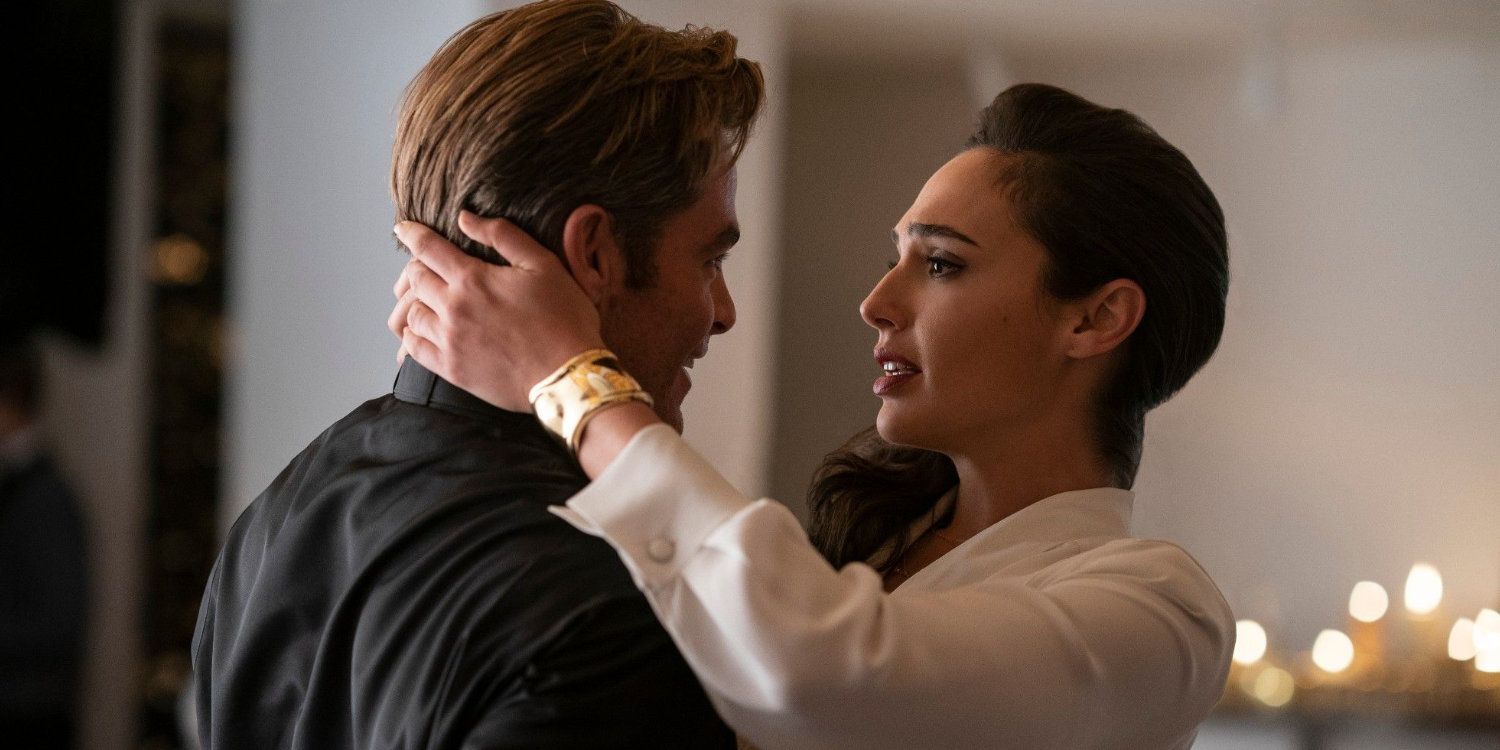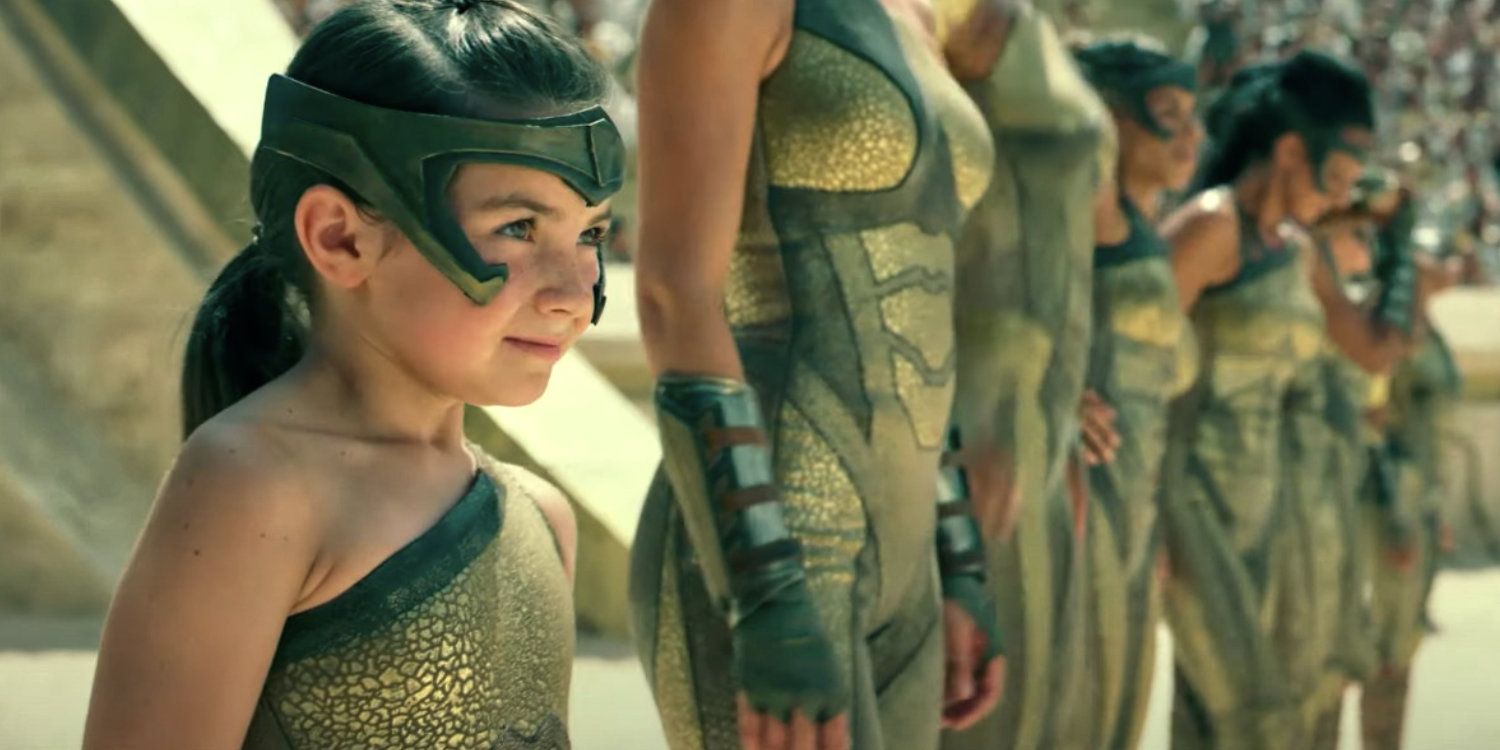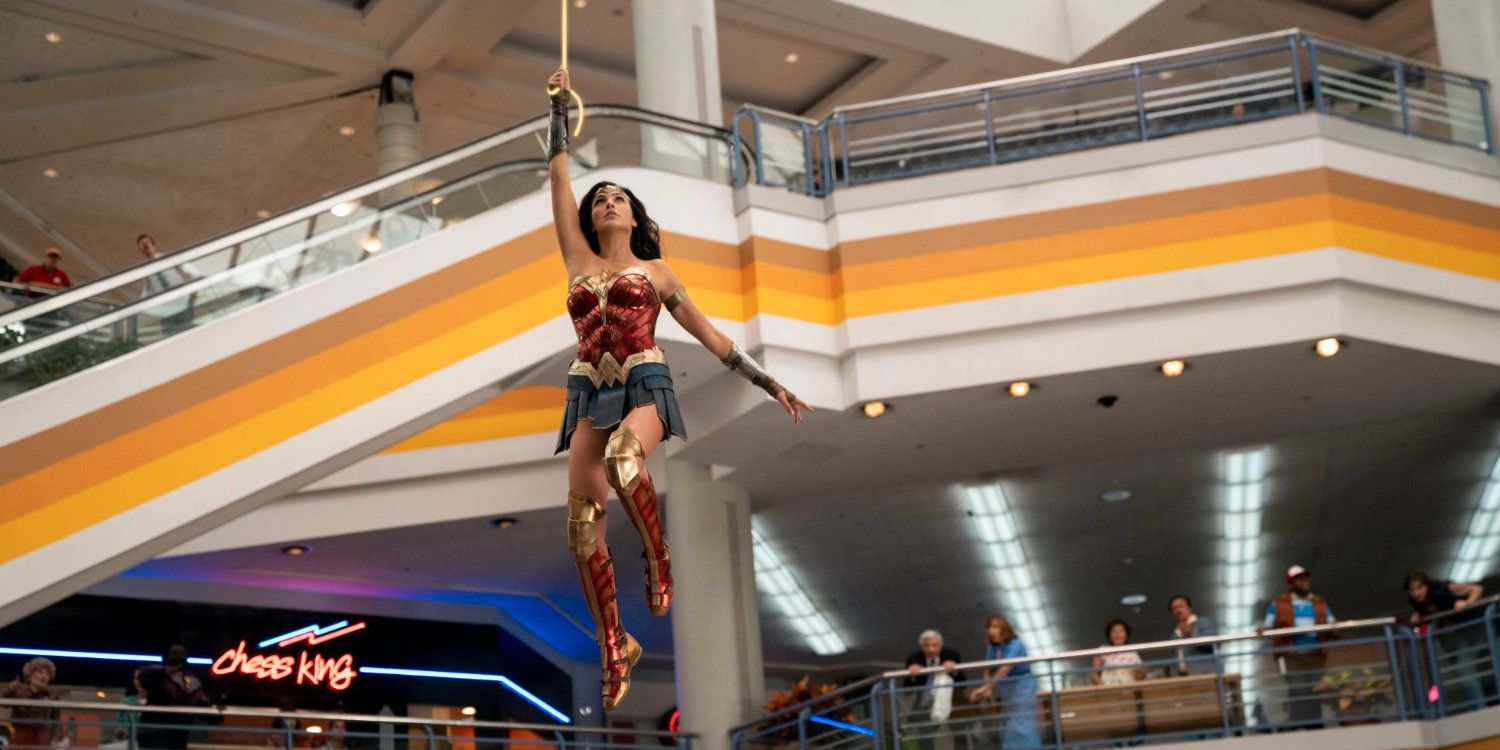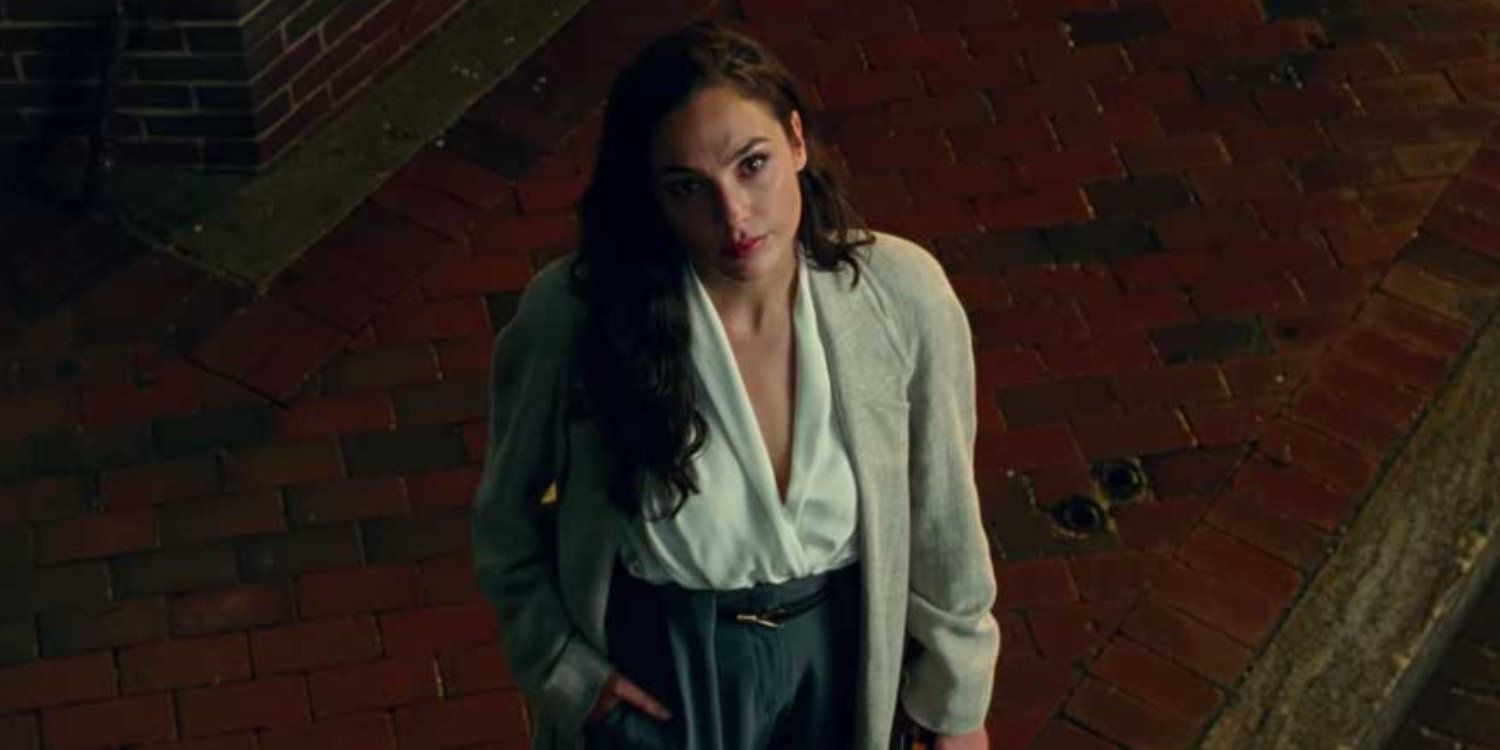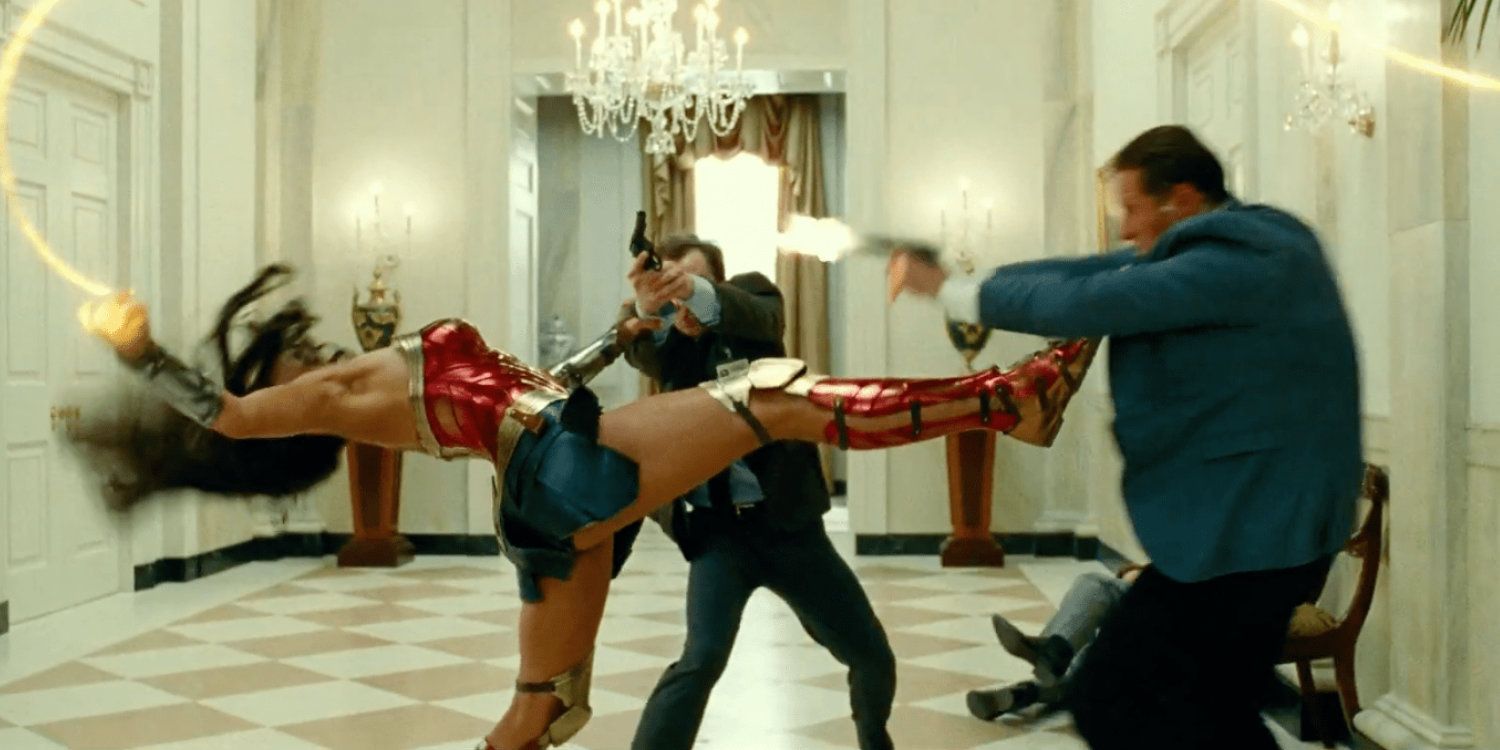Wonder Woman 1984 has finally arrived after a long battle with coronavirus-related setbacks, and it's the first big tentpole superhero blockbuster to see the light of day in recent memory. It remains to be seen how rental and ticket sales go in spite of the current pandemic, but the movie has its fair share of fans and detractors already.
It's true - Wonder Woman 1984 is not a perfect film. For every good step forward, it suffers a misstep in return, and fans have noticed. How the franchise will be squared moving forward is anyone's guess, but this mixed bag deserves to be singled out where it made an error, and where it scored a hit.
It Did The Cinematography Right
Patty Jenkins has an eye for cinematography, a fact demonstrated quite admirably with the first Wonder Woman film. Her use of a bleak color palette and muted camera filters still managed to bring the shining character of Diana to life in a way audiences didn't expect, but certainly loved.
This time, Jenkins is working within a much more colorful and aesthetically unique decade, and the cinematography shows. There's a explosive use of color and detail in every shot, and although it's a complete one-eighty from the previous film, it still works.
It Did The 80s Wrong
The 1980s is a decade many of today's directors try to nail and fail miserably at. Unfortunately, Patty Jenkins couldn't make it work, either. Rather than capitalize on a wealth (to put it mildly) of amazing 1980s content, themes and motifs, the film feels largely contemporary, and out of place as a result.
Only one scene manages to put any sort of emphasis on the 1980s, and although it's funny, it's not enough to sell the picture. Hearing Hans Zimmer's rather clichéd and tired orchestral arrangements instead of a ton of 1980s radio hits feels bizarre, as does the shocking lack of cultural references. This movie could have stripped "1984" out of the title, and nobody would have been the wiser.
It Did The Actors Right
The cast of Wonder Woman 1984 is a great one, and there's no shortage of good performers. Gal Gadot continues to pull a Michael Keaton on everyone by showing just how odd a casting choice could end up being so perfect for a role. Chris Pine makes a great reappearance as Steve Trevor, and gives Diana a great character to play off of.
The Mandalorian star Pedro Pascal is an excellent actor and is just as entertaining to watch as he was the first time audiences saw him in Game of Thrones. Unfortunately, the script wasn't too kind for actors of this caliber.
It Did The Villains Wrong
Wonder Woman 1984 had a chance to hit a high note by continuing the action already laid down in the DCEU up to this point. Audiences have already seen Zod, the Joker, Doomsday and Steppenwolf battle the heroes, which makes 1984's villains roster a head-scratching letdown.
By this point, most viewers agree that Cheetah was handled about as poorly as humanly possible. Her origin story echoes that of Batman Returns' Catwoman and is completely devoid of any semblance of Barbara Minerva's comic book self. Similarly, Maxwell Lord's big screen debut is equally weak.
It Did The Tone Right
Despite its inability to capitalize on the very decade it boasts in the title, Wonder Woman 1984 does manage to bring feel-good qualities to superhero movies at a time when the world really needs them. There isn't a lot of heavy-handedness going on here, nor are there are any major plots to destroy the universe with a finger-snap.
Instead, the movie tries its best to channel positive energy and lighthearted fun, which is a definite switch-up from the majority of DCEU films that came before. It's more miss than hit when one takes into account how many cues it fails to nail, but it's hard to knock a film that doesn't have much negativity.
It Did The Love Story Wrong
The return of Chris Pine was hinted at in the earliest trailers for the film, and fans were riddled with questions as to how Steve Trevor managed to make his way back from the dead. The main plot device of the film reveals how Diana was able to return Trevor to the land of the living, but it's a massively ill-advised move.
It involves Trevor inhabiting the body of another man and essentially taking over his life, his clothes and everything else. Worse, Diana and Steve make love, which is akin to the sexual assault of an innocent man. This has been a major elephant in the room with many viewers who were shocked at just how callous and dismissive Diana and Steve are about the whole sordid affair. Why didn't the script simply allow for Steve Trevor to return in his original body?
It Did The Prologue Right
The opening prologue scene of Wonder Woman 1984 is a sight to behold. It's full of spectacle, enchantment and wonder that goes on long enough to suddenly yank the viewer harshly out of the moment in order to lay the foundation for a valuable life lesson.
Although it's a bit unconvincing to see a child Diana keeping up with skilled adult Amazonians, that's part of the charm. It's a perfect opening scene that also brings back a few familiar faces in the process for the sake of continuity.
Wonder Woman's Introduction to the Modern World Was Done Poorly
Just like the villains of the story, Diana is done wrong in such a way as to cause major confusion among Wonder Woman fans. Audiences have already seen her face down the God of War, the impossibly powerful Doomsday, as well as Steppenwolf and his armies. In all instances, she takes beatings that would kill a normal person a hundred times over, while dishing out Superman-level damage output.
Wonder Woman 1984 slices a massive chunk of Diana's powers off the character, for no good reason. She nearly gets thrashed by the rather unimpressive Cheetah, and she even has trouble taking on a human security detail without enduring a challenge. Attempts to explain this in the film don't really make a lot of sense given the nature of the Dreamstone.
Similarly, the mall sequence makes her look silly, and it doesn't help that the scene is shot in a very disjointed manner. Characters wink and nod to each other as if they were shot on separate filming days, and there's little point to some of the things that go on in the scene. Also, nobody seems terribly shocked by a dressed-up Amazonian warrior swinging between floors with a glowing lasso. Superman didn't reveal himself to the world until years later, and it caused a worldwide panic.
It Did The Message Right
The message of the film is simple - one cannot always have what they want, and sometimes forcing it can lead to disaster. This is the epiphany faced by Maxwell Lord in the final act when he realizes that the future he's carving for himself will come at the cost of his young son's life.
Diana sets the lead by giving up the one thing she wants more than anything in the entire world - the love of her life. Lord ends up giving it up for a similar reason, and it's an important message about the value of sacrifice, as opposed to selfishness.
It's Way Too Long
Wonder Woman 1984 is overly long when it didn't need to be. While the on-screen visuals are excellent, and the aforementioned cinematography is top notch, the pacing is all over the place. Moments requiring more exposition and attention are rushed through, while others attempt to capture the magic of 1978's Superman (notably the Superman/Lois flying sequence) by dragging it on for as long as possible.
In reality, 30 minutes of the film could easily have been cut out and left as bonus material. The result would have been a solid 2 hour cut that trimmed a lot of excess weight without sacrificing a single asset from the overall story.

